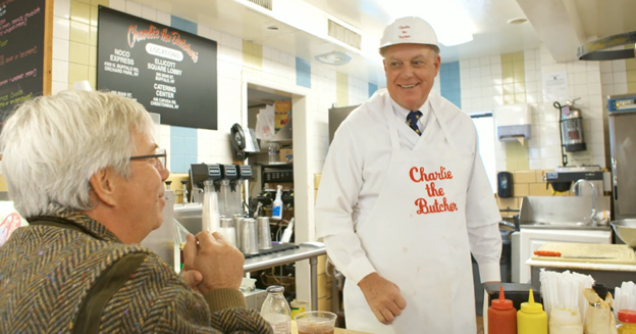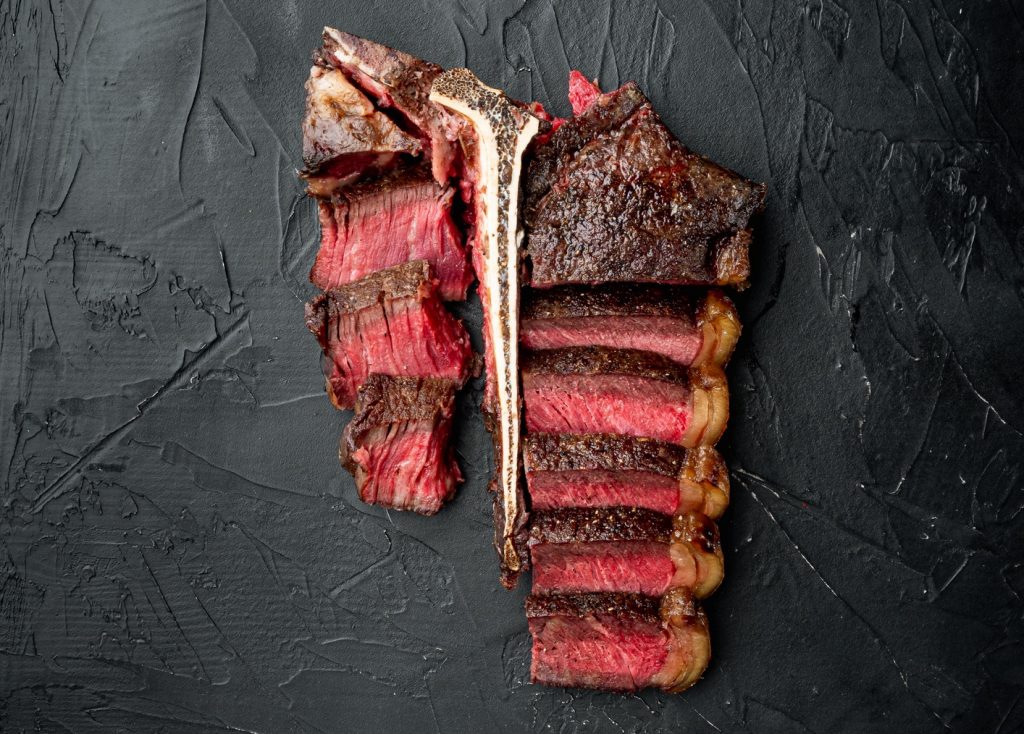
Accountants UHY Hacker Young recently sent out a release proclaiming that the top 100 UK restaurant groups’ debt pile grew by 19% last year, as borrowing nears £2bn.
This should have been front-page news and greeted with shock, but instead many in the industry simply shook their heads in sad recognition that this is the state of British high street chains now. The likes of Jamie’s Italian, Prezzo, Byron, Carluccio’s and Café Rouge have struggled under intense competition, high business rates, overdrafts, and in some cases a ‘catering by numbers’ approach.
But what is surprising is the additional piece of information in the release. The fact that these restaurant chains are still increasing their borrowing in order to acquire and fit out new sites. Apparently “many restaurant chains can only reach break-even by scaling up rapidly to achieve economies of scale. This means they have to go through long periods of increasing borrowing to acquire and fit out new sites,” according to the Hacker Young release.
False economy
“It’s a crazy, false economy,” insists Julian Edwards FCSI, chair of FCSI UK & Ireland. “Taking the mind-set that ‘we’re earning 5% on each restaurant, so let’s raise another £1m by opening 10 restaurants’ is a hugely risky strategy.
“It’s like bundling one lot of debts on a credit card to an interest free credit card for 18 months, and then finding another credit card you can offload your debts on later in the hope that things pick up. It’s very reflective of today’s culture,”
This brings to mind the classic saying ‘turnover is vanity, profit is sanity’. There’s too much focus on the top line, and not enough on the bottom line, insists consultant Chris Stern FCSI, managing director of Stern Consultancy.
Walk along pretty much any high street in the UK and you’re likely to see a procession of chains all competing for customers. It’s not sustainable. But then where can they go to survive? Setting up in an area without any competition is not sensible. There has to be obvious footfall.
Obviously having a respected brand with authentic food offerings is a good starting point to stand out from the competition. “Pizza Express, for example, is a straight forward proposition and high-profit product with a long established history. They stick to what they know best and it works,” says Stern.
He adds that it’s important not to have a menu of everything (eg. Italian and American combinations). “Instead, if you’re going to do Mexican or Lebanese or whatever, do it really well and make it feel authentic.”
Alternative methods
But more than just standing out from the competition, restaurateurs need to look at alternative methods to survive and thrive in a tough climate. One way is to consider pop-ups or street markets.
“If you’ve got a great food product, you could potentially make more money appearing at a stand in a market,” insists Edwards. “It’s a great way for branded outlets to get their names in front of people and remind them of their fresh, quality proposition. It also removes the costly rent rates.”
Another great cost-saving venture is to have shared accommodation and experiences. Much like a petrol station mentality. So, maybe a grab and go outlet at somewhere like Boots or WH Smith. Even have something like a Yo! Sushi in McDonald’s, suggests Stern. Just recently, the market has seen Benugo cafes springing up in John Lewis department stores.
“It’s about being more mobile, collaborative and innovative,” says Edwards. “They’ll still be based in a highly pedestrianised area, but not so encumbered by a soulless rent agreement with a landlord.”
Many predict that restaurants in the mid-market that fail to innovate and get out of the cycle of debt of expansion will fail. “At the lower end, the cheaper, greasy spoons and successful small cafes with loyal followings should survive, and the luxury top end hotels and restaurants will flourish, but the mid spend area will need to handle things carefully or they’ll spill over into liquidation,” concludes Edwards.
Chris Evans




